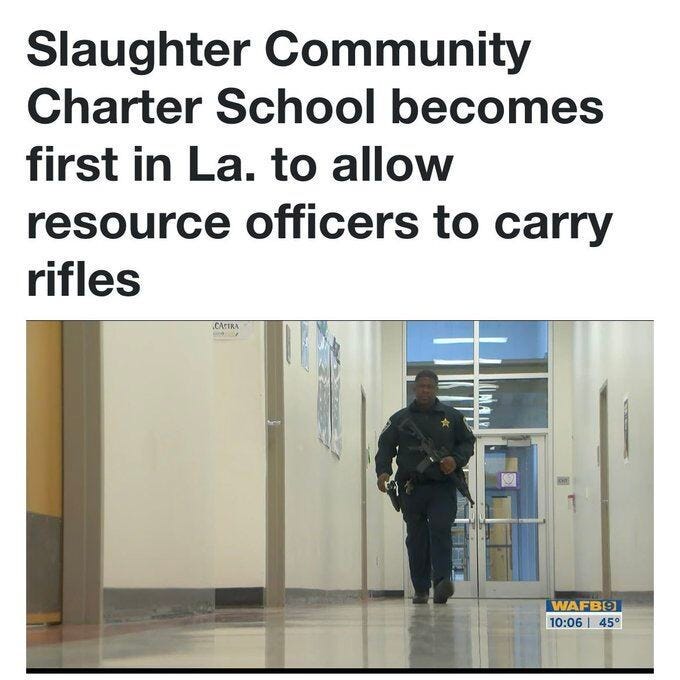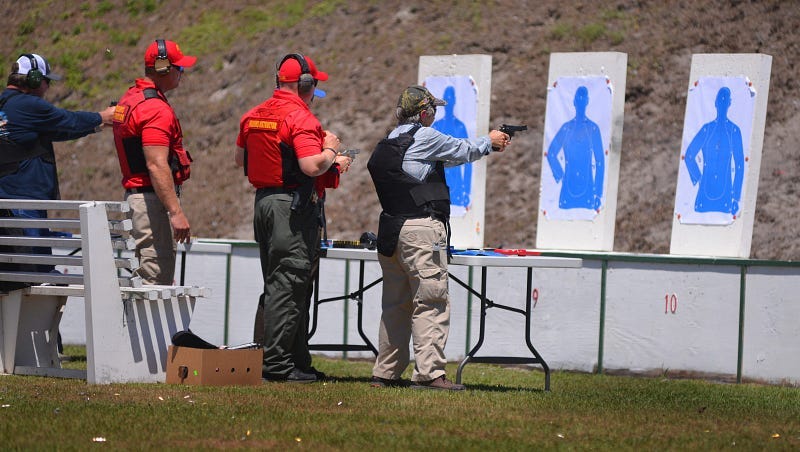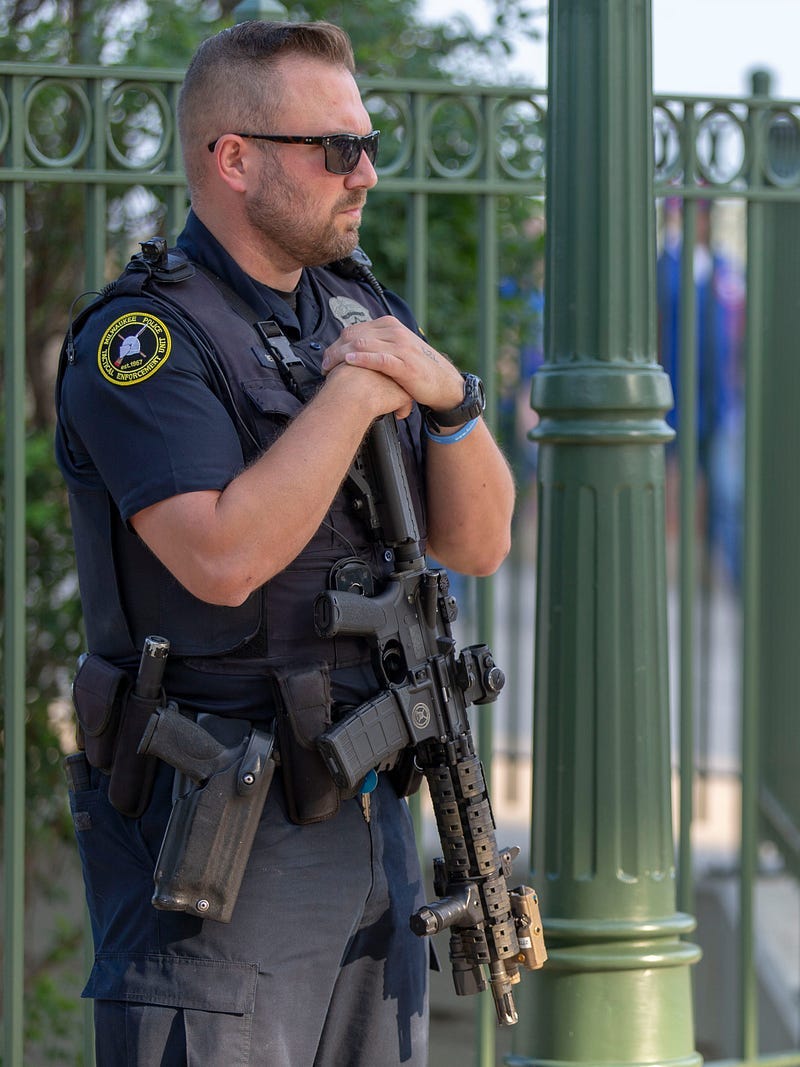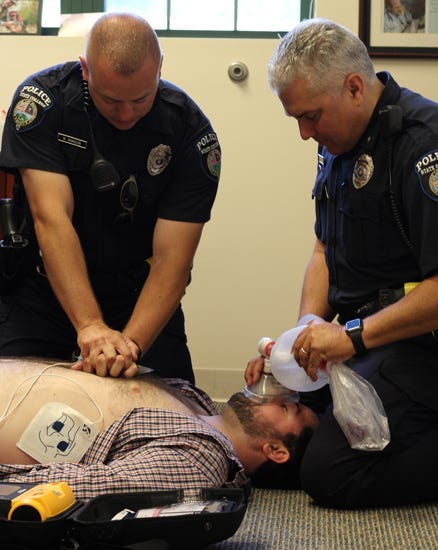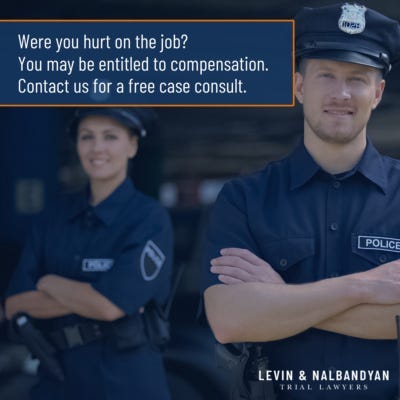The Slaughter Schoolhouse: Why carrying rifles all day is a bad idea
“We realized that you can’t take a handgun to a rifle fight, because most of the bad guys are coming into the schools with assault rifles,”…
“We realized that you can’t take a handgun to a rifle fight, because most of the bad guys are coming into the schools with assault rifles,” said a school police officer in Slaughter, LA as he patrolled the hallways with a rifle strapped to his chest.
The vast majority of school shootings are not ‘rifle fights’. Since Columbine in April 1999, rifles have been used in just 61 of 1,574 (3.8%) shootings at schools. In the vast majority of rifle (and pistol) attacks, the shooter has fled, surrendered, committed suicide, or been subdued by students and staff. It remains extraordinarily rare for a police officer to shoot a school shooter.
In the everyday world of school policing, walking around all day with a 10 pound rifle strapped to your chest creates a whole new set of problems.
Fights are more common than shootings
When a group of kids starts fighting in the hallway, an officer with a rifle can’t go hands-on, or do anything other than yell at them to stop fighting. Why? Because one of the students could easily grab the gun. The officer also can’t point the rifle at a group of students fighting in the hallways because this does not meet criteria for use of deadly force. The rifle prevents an officer from intervening in any productive manner during the most common situation they face at a school.
More threats than actual shootings
To safely maintain control of their weapon, an officer with a patrol rifle must keep one hand on it at all times. If there’s a report that a student has a gun hidden in a backpack, the rifle-wielding officer is more limited in searching bags than one with a holstered handgun and two hands free. If an officer needs help during a situation at the school, talking on the radio requires taking one hand off the rifle. If there’s an imminent threat, the officer needs to decide between shooting or calling for help. Not ideal.
Isolated shootings (95%) are more common than planned attacks (5%)
Most shootings at schools are fights that escalate and the shooter immediately runs from the school. Half of those who flee are never caught. An officer with a patrol rifle is less mobile to chase a fleeing student when shots are fired during a fight. The officer with a rifle is also limited in making a solo arrest when a student shoots one victim and then surrenders. Handcuffing the student shooter requires two hands — the student could reach back and grab the rifle. Instead of being able to take quick action, the school police officer needs to wait for a second officer to arrive.
In crisis situations that demand immediate physical intervention, like the one with a parent threatening suicide with a handgun in the school office this week, an officer with a rifle needs to stand back and watch. Same thing if a student is holding a gun but hasn’t fired — the officer needs two hands on the rifle in a firing position, so the only option becomes shooting the student or waiting for backup.
Location and Backstop (everything behind the target)
Most shootings are in hallways, parking lots, and large common areas. A .223 rifle round can penetrate multiple walls and bodies, meaning that it needs a substantial backstop (hill or large physical barrier behind the intended targets). Most shootings at schools are during transition periods when crowds of students are in common areas. If an officer with a rifle fires at an armed attacker in a crowded hallway, multiple bystander students are going to be wounded or killed by the high velocity round. There is no way around it.
A police officer’s rifle creates far more danger for students and staff inside the school during a shooting.
Fatigue
When I asked officers what they thought about carrying a rifle all day, the most common response was “F**k that”. There is a significant amount of an officer’s focus that needs to be on the rifle itself. They need to constantly think about keeping the muzzle in a safe direction (not pointed at anyone), control the weapon with one or two hands, and all of the people in their immediate surroundings who could grab it. It’s already exhausting for an officer to be alert and oriented while foot patrolling a crowded campus for 8 hours, a 10-pound rifle appendage distracts the officer from everything else going on around them.
First aid and CPR
Many school police officers are the first responders to medical emergencies (including an Alabama SRO who performed CPR to save a baby earlier this month). Managing a rifle while performing CPR, treating wounds, or administering Narcan is difficult. Unlike a military combat medic who passes their rifle to another soldier or slings it behind their back because there isn’t a risk of someone grabbing it, a school police officer’s rifle cannot be passed off to students or staff during a medical emergency.
Most police officers don’t wear their rifle during first aid and CPR training, which means that they’re wholly unfamiliar with how to safely corral and manage the weapon while performing a life saving task. When seconds matter during a critical medical emergency, a school police officer will be trying to figure out how to manage their rifle instead of focusing on the person in need.
Student can get the weapon
Most ominously, if a student were able to surprise and subdue the school police officer, the student can take the rifle. A determined school shooter doesn’t even need to figure out how to get a weapon and then sneak a weapon into the school if the officer’s rifle is right there. Alternatively, in a less nefarious situation, a student might just fire it by accident like an elementary school student who fired an officer’s rifle in October of 2013. Or many other similar accidents on school property.
Soft tissue injuries and workers compensation
Walking around for 8 hours/day, 5 days/week with 10 pounds hanging from one side of your body creates neck, back, and shoulder issues. Most police officers are in labor unions and soft tissue or nerve injuries from carrying a rifle will result in missed days of work, medical costs, settlements, and early retirements.
Mix in an accidental discharge that kills or wounds a student and these rifles are a liability nightmare.
“Pistol to a rifle fight”
When the wrong problem is defined, the wrong answers get decided. Rifles are rarely fired at schools and arming police officers with them does not make schools safer. In fact, it makes school police officers worse at every other part of their job. There is data that shows what the problems are. Continuing to impulsively base policy and practice on baseless assumptions drawn out of thin air only puts our students and those who work at schools at greater risk.
The uninformed decision made by this Louisiana school is yet another example of decisions that are made based on armchair expertise, hot takes, and a complete disregard for all the available and true data from actual shootings at schools. Wrong assumptions result in even bigger problems. The time to stop this destructive laziness is now. We have the real information that shows what interventions, equipment, and policy are actually useful.
David Riedman is the creator of the K-12 School Shooting Database and a national expert on school shootings. Listen to my recent interviews on Freakonomics Radio, New England Journal of Medicine, and Iowa Public Radio the day after the Perry High shooting.




